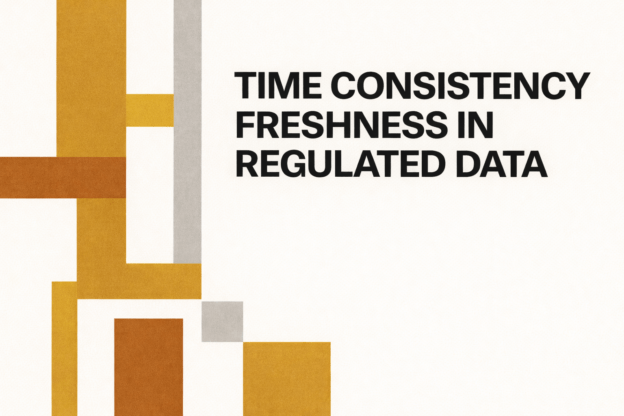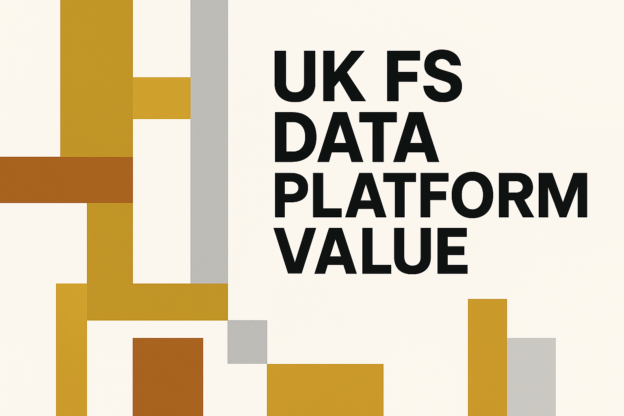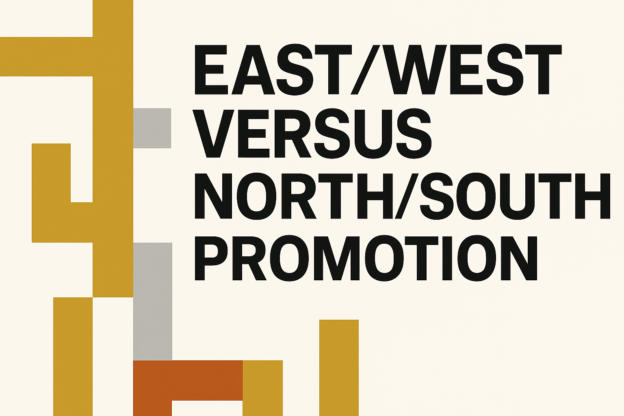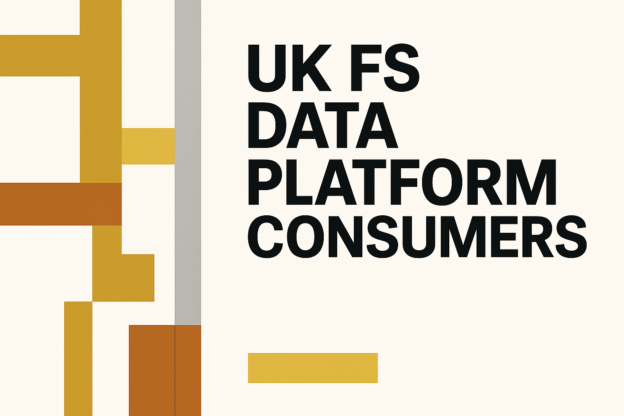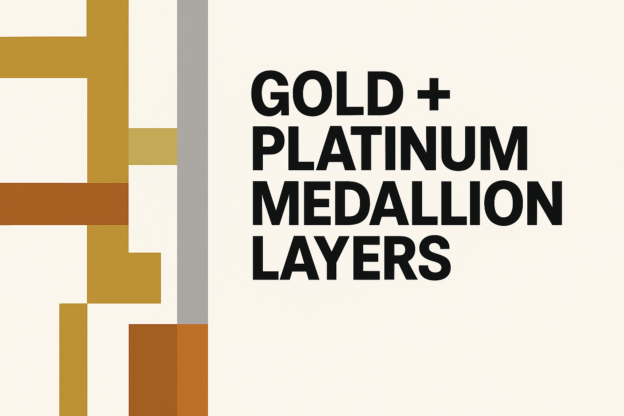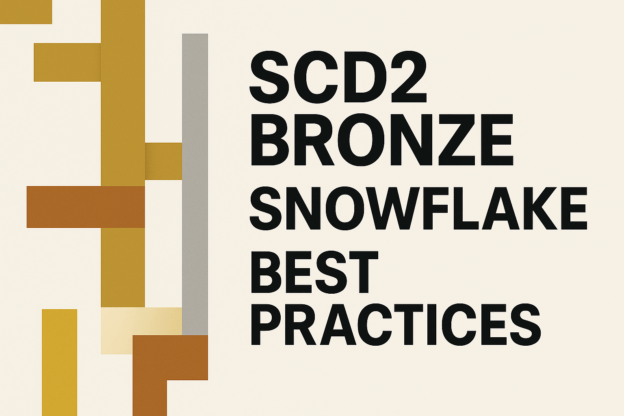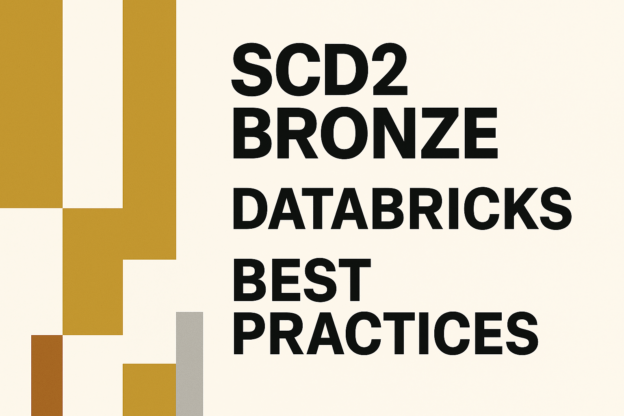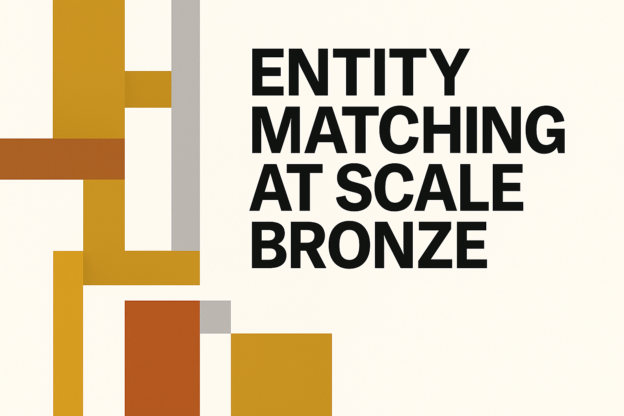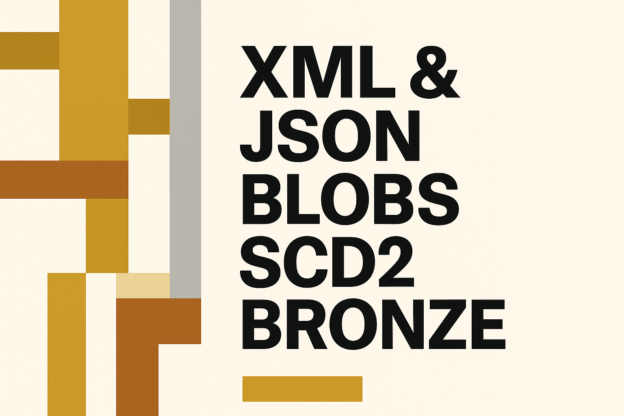Ontological Desynchronisation offers a compelling synthesis of demographic, behavioural, and algorithmic dynamics to explain contemporary societal fragility. Building on reproductive desynchronisation and behavioural sink theory, it introduces ontological capture as a missing mechanism linking algorithmic governance to population collapse and civic erosion. The article is strongest in showing how temporal compression undermines judgement, coordination, and intergenerational continuity. While some remedies remain aspirational, the framework is original, integrative, and strategically valuable, reframing collapse not as decline in numbers alone but as a failure of shared time, attention, and becoming.
Continue reading

